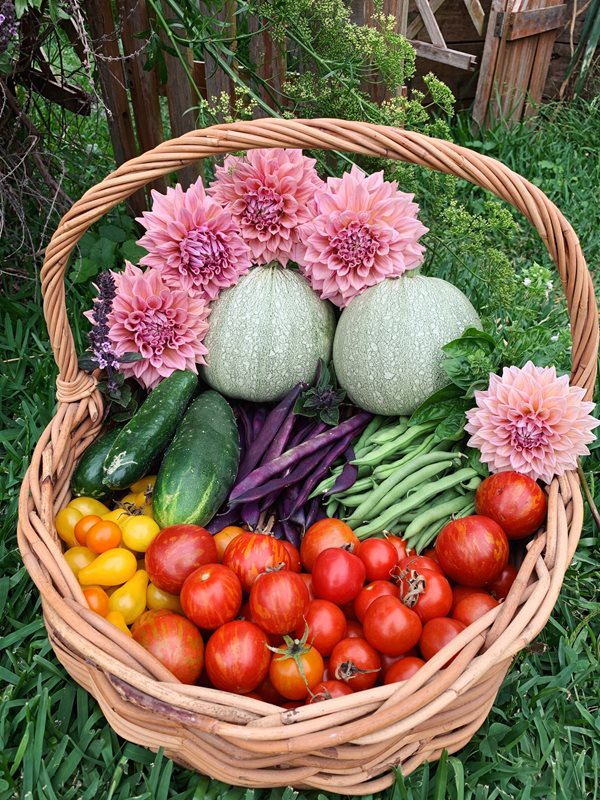
Harvest fruiting veggies often to help encourage more flowers and fruit to form. Don't forget to pick flowers to enjoy inside too.
Leave sunburnt leaves on plants, especially if more hot weather is on the way. They provide protection to lower stems and leaves, so it's best to remove once the weather has cooled.
Lightly prune roses in mid January (or early February) to encourage an autumn flush of blooms. Finish with a rose-specific fertiliser, water well and top up the mulch.
Watch out for frangipani rust. Remove and bin the worst affected leaves and spray with Yates Rose Shield.
Prune wisteria's long whippy tendrils, making cuts above the short buds that will be next year's flowers.
Flowering gums are in full bloom, so visit the local nursery and see what colours tickles your fancy. They need a spot in full sun and well-drained soil.
Check lilly pilly hedges for scale. Treat with eco-oil but for heavy infestations, use a wire brush to gently scrub them off. Take care not to damage the stems.
It's time to start thinking about winter veg! Sow cauliflower and broccoli seeds under shade and keep moist.
In mid-summer, side-dress tomatoes, eggplants and capsicums with blood and bone. Dig a shallow trench, just a few centimetres deep, around the dripline of the plant and sprinkle in the fertiliser. Cover with soil and firm down.
Keep an eye out for powdery mildew especially on cucurbits like cucumber and zucchini. Spray with eco-fungicide at first sign of the disease, and repeat at 7-10 day intervals.